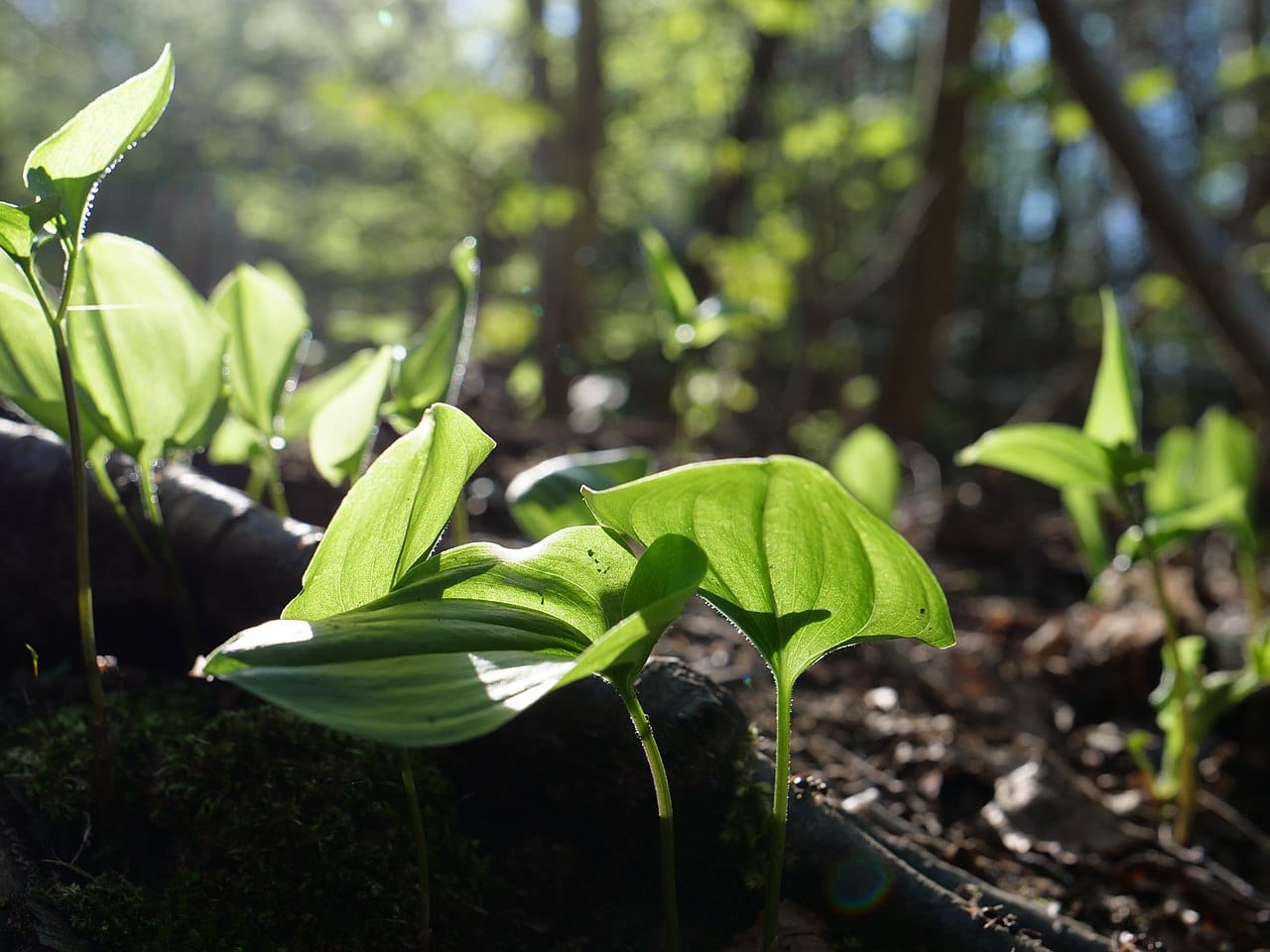
Image - Wikimedia / Leonhard Lenz
The plants. Apparently immobile, they flower after going through a long period of rest, the leaves sprout again on the trees after a harsh winter. They are the longest-running kingdom on the wonderful planet Earth, the home of life.
And although what we call "records" are actually adaptations for the survival of the species, the truth is that they are really spectacular. Here we will tell you what are the curiosities of the most interesting plants.
Carnivorous plants respect their pollinators (up to a point)
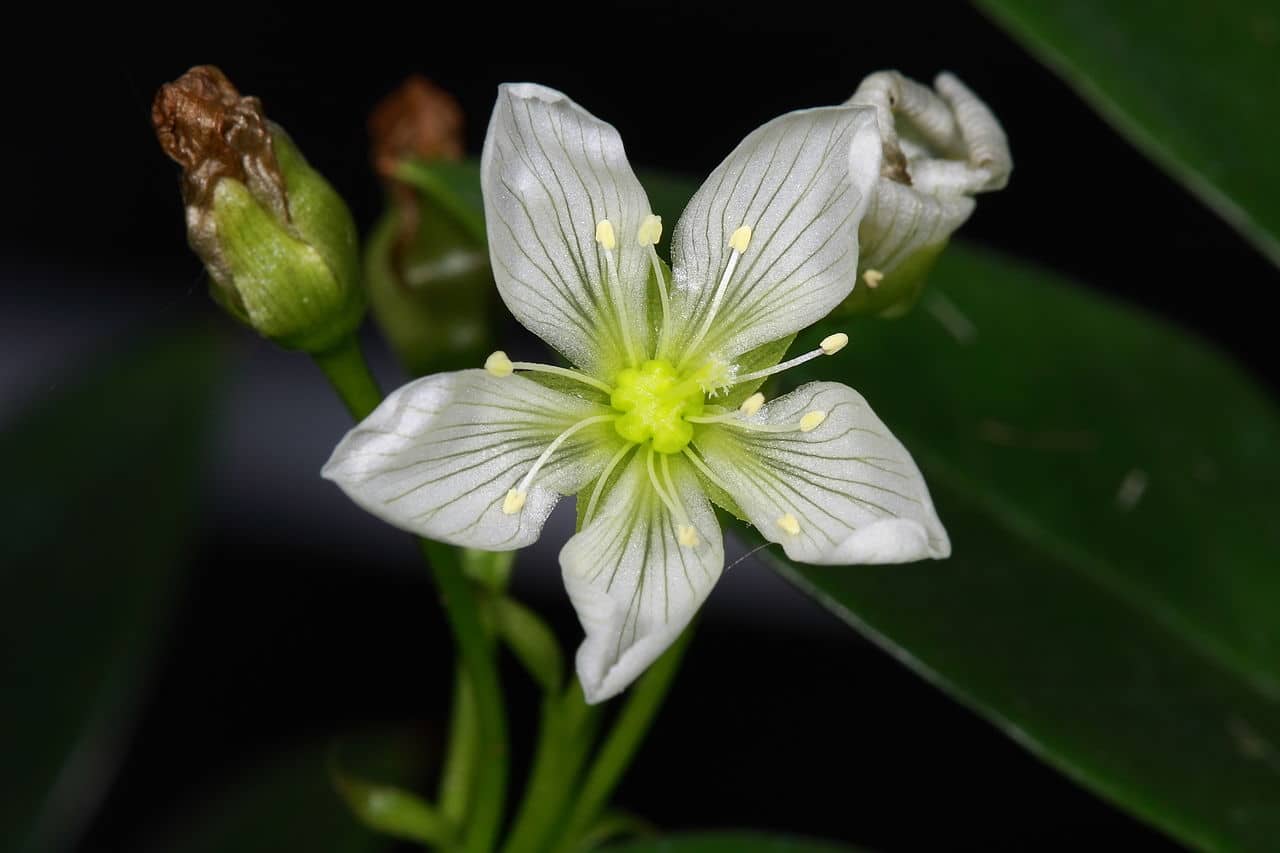
Image – Wikimedia/Calyponte
Have you ever wondered why carnivorous plants have such a long flower stem? In many cases, its length doubles the height of the plant. Well, this is so to keep pollinating insects protected. And it is that if the flowers were near the traps, these animals would run the risk of falling into them.
But of course, as I say, this protection is relative. If the insect gets confused and falls into any of the aforementioned traps, the carnivore will eat it because it will not know that it is a pollinating insect; it will only know that it is an insect in its trap and that it is therefore prey.
flowers are modern

Today we take it for granted that there are flowering plants. They are the most abundant in gardens, shops, etc. But, What would you say if I told you that they appeared »only» 140 million years ago? Before that there were only non-flowering plants, such as conifers, ferns and mosses. But despite the fact that they appeared much later, what is clear is that they have ended up being the winners in this evolutionary race.
Many animals and other microorganisms -such as symbiotic fungi- have established relationships with them. A relationship that is sometimes beneficial for both parties, but not always, as would be the case with parasitic plants that feed on others without giving them anything in return.
Plants communicate with each other
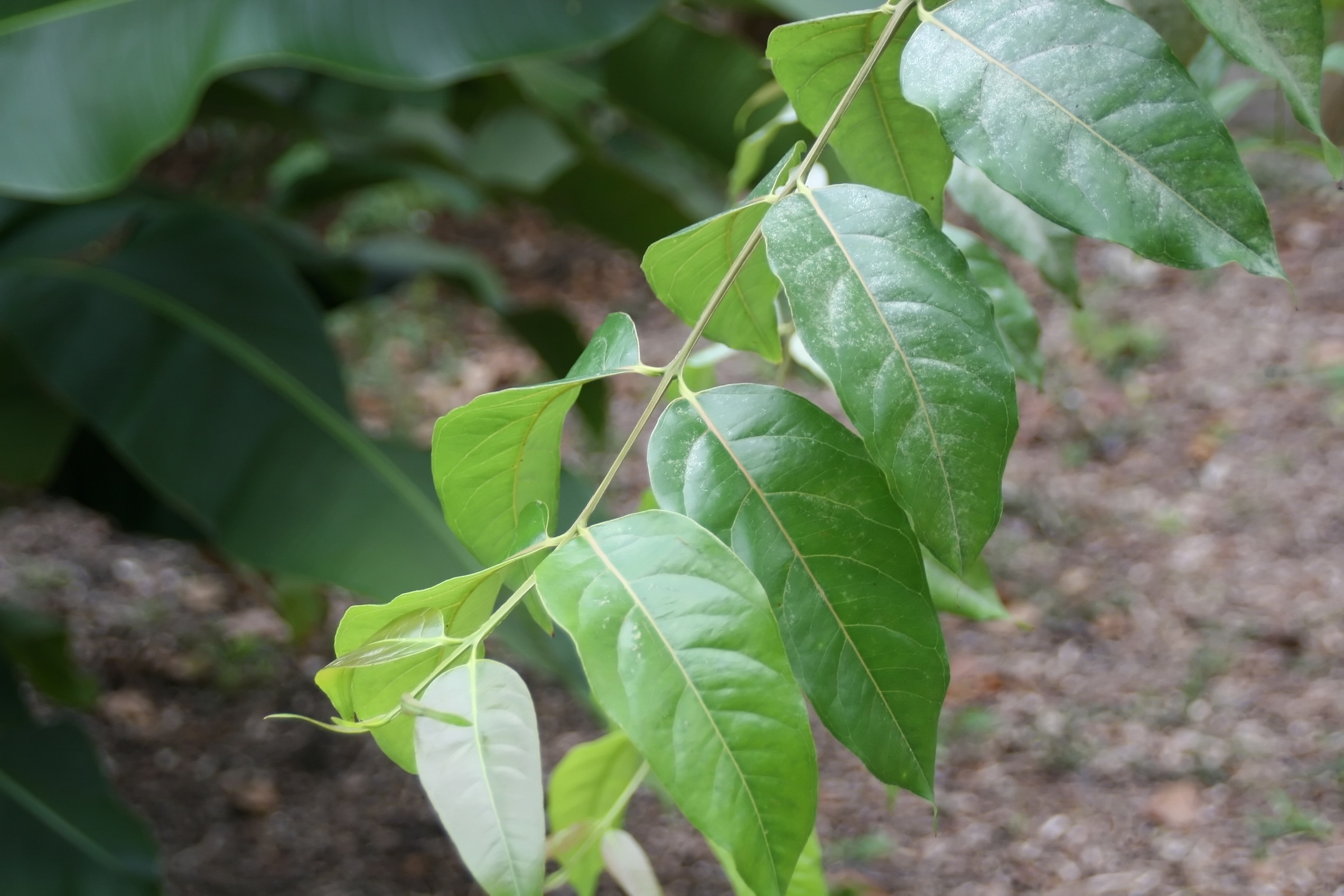
Image - Wikimedia / David J. Stang
They do it through the roots, but also through the pheromones that they release through the leaves.. A clear example of this is what happened in 1990, in South Africa. A large concentration of herbivorous animals were brought to a certain area where there were acacia trees, and over time, the animals began to die. I eat? Well, it turned out that these trees released ethylene to alert their companions, and thus they all began to produce substances that turned out to be poisonous to the animals.
Do you have more information about this dramatic case? here. But beyond this, today there is already talk of "mother trees" for example, which are those that feed and protect the rest to the best of their ability (This term came into use by various scholars, such as Suzanne Simard, professor of forest ecology at the University of British Columbia.
There are trees taller than the Eiffel Tower
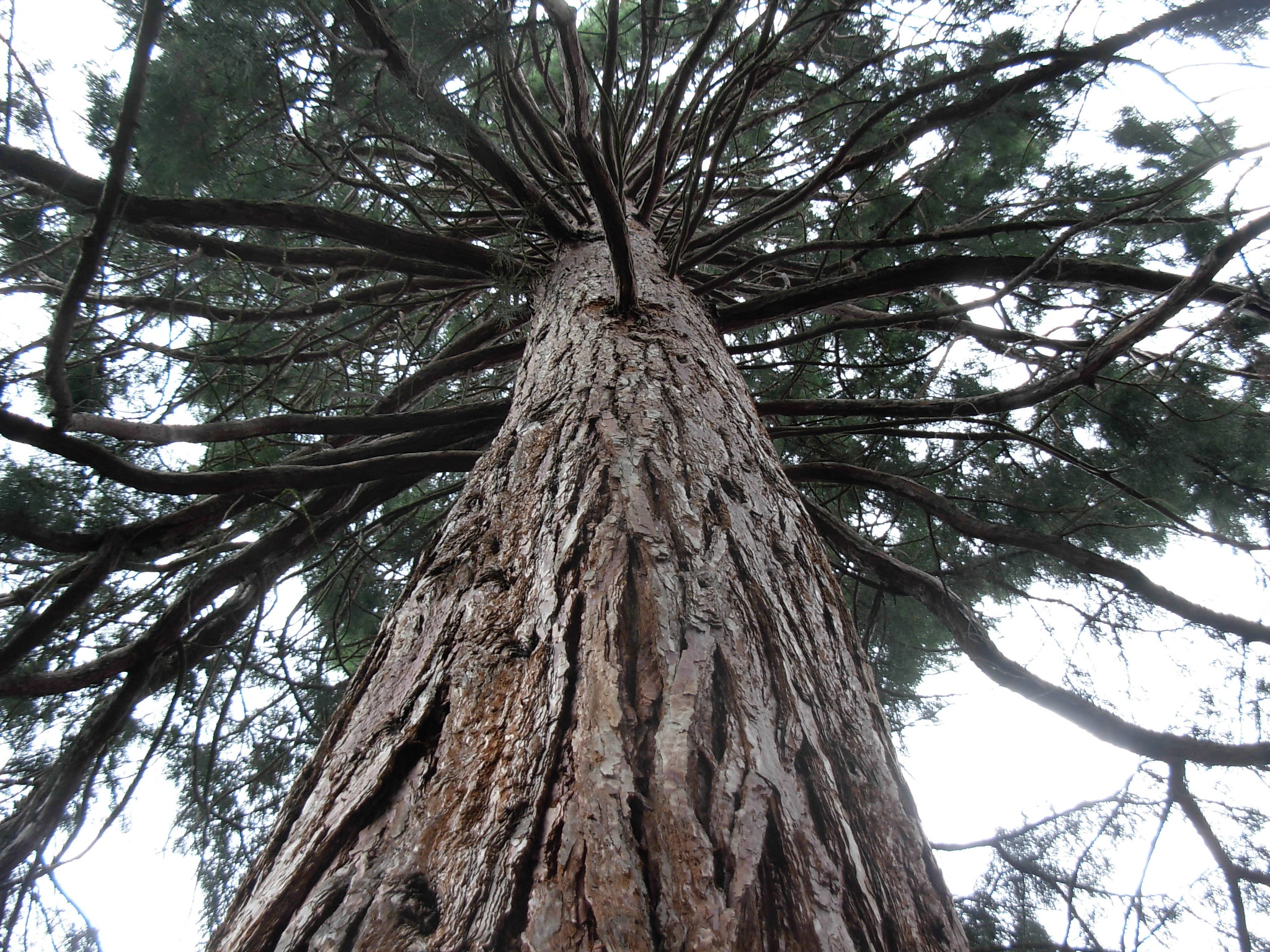
Image - Flickr / brewbooks
For example, Sequoia. They are conifers that have survived the Jurassic, ago almost 200 million years. Its habitat is in North America, reaching as far as Canada. Her growing is very slowly. Specimens that reach 122 meters have been found, more than the Eiffel Tower, with a trunk thickness of up to 30 meters.
They have an approximate life expectancy of 3500 years.
the biggest flower in the world
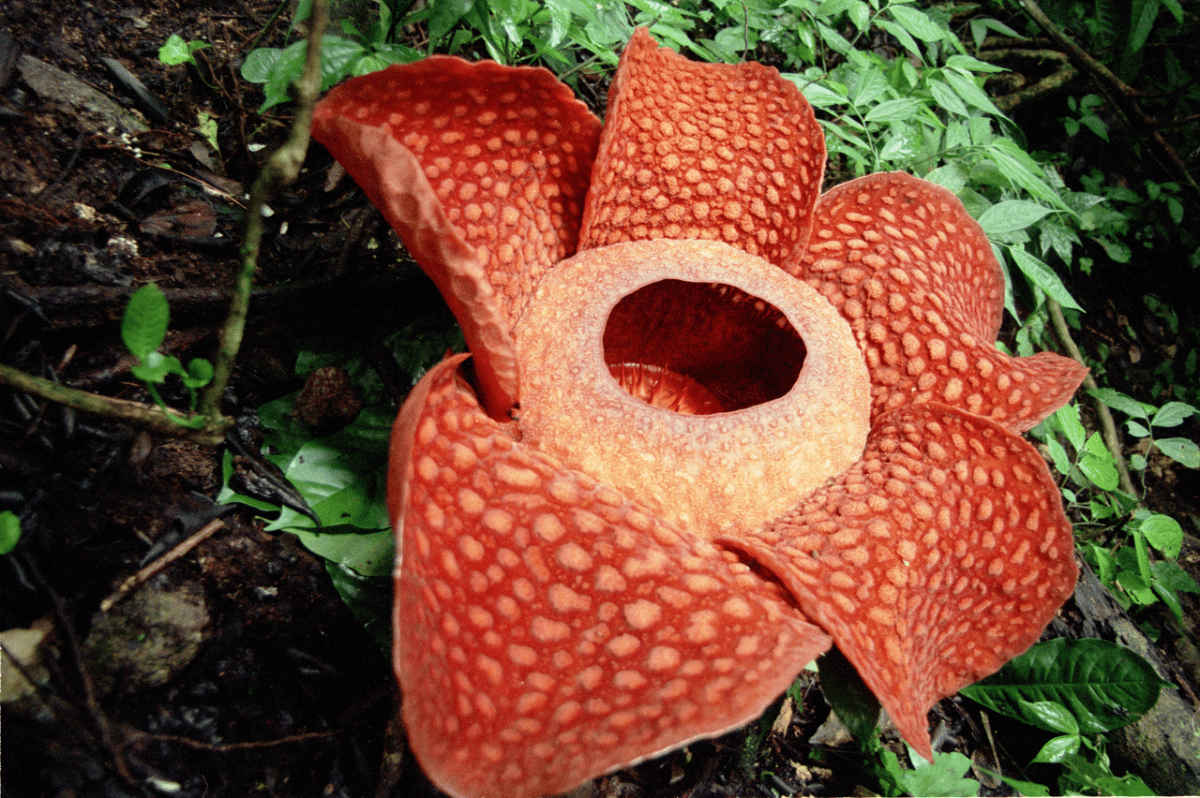
Image – Wikimedia/Henrik Ishihara
La Rafflesia It is a plant that has a very short stem, almost invisible. It has no leaves. It is composed of a single flower with five petals, which can measure 106 centimeters in diameter, and to have a weight of ten kilos approx.
Once opened, it gives off an intense smell of decomposition, thus attracting thousands of flies.
the oldest tree
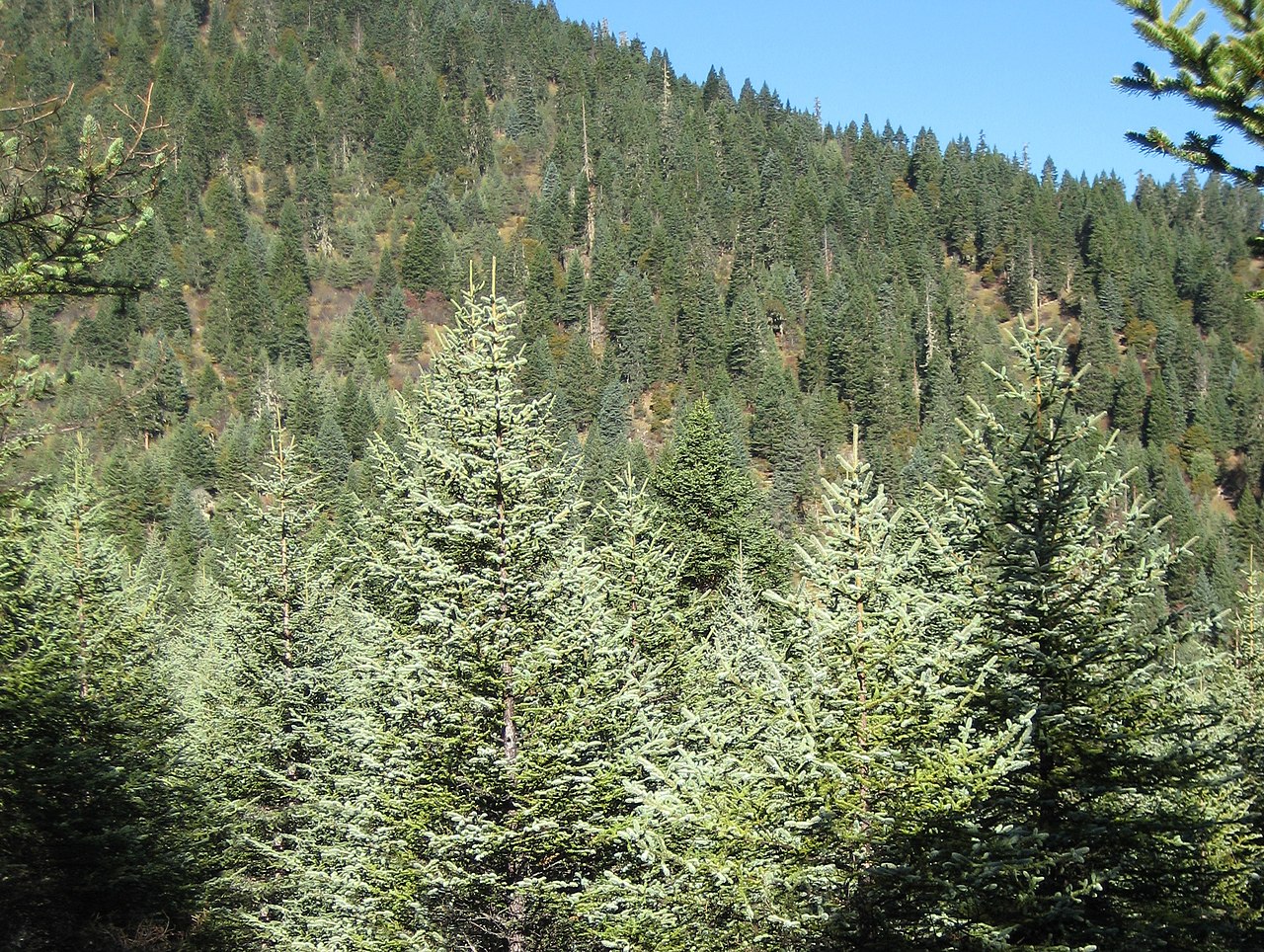
Image – Wikimedia/rduta
The gender Picea It is one of the oldest existing today. Specimens have been found that have an approximate age of 9500 years. They live in very cold climates, in North America and Canada. They can also be found near the poles.
The smallest plant in the world

Image - Wikimedia / Christian Fischer
The gender wolffia They are aquatic plants without leaves or stems, just tiny flowers less than a millimeter in length. They are very curious little plants, since they can clone themselves.
They live in stagnant waters, giving the appearance of floating foam.
The tree that stores the most water inside

Image - Flickr / Bernard DUPONT
El Baobab it is one of the thickest trees that currently exist on Earth. It grows in the shape of a bottle, in Africa. Your trunk can hold up to six thousand liters of water, which is very useful for surviving dry spells.
They have a life expectancy of up to 4000 years.
Palm trees are not trees

Image - Wikimedia / Superchilum
For a long time, and still today, there are books and blogs in which it is said that palm trees are a type of tree. Even the English and Americans call them "palm trees", but they are not really related. Palm trees are giant herbs (the technical term is megaphobia); that is, they are monocotyledonous plants, unlike trees which are dicotyledonous.

In fact, among many other differences, we can say that Palm trees, when they germinate, only produce a single leaf called the cotyledon, while trees produce two.; In addition, palm trees have adventitious roots, which means that they all come from the same point and they are all very similar, but in the case of trees, a main root and other secondary ones can be clearly distinguished.
Not all cacti have spines
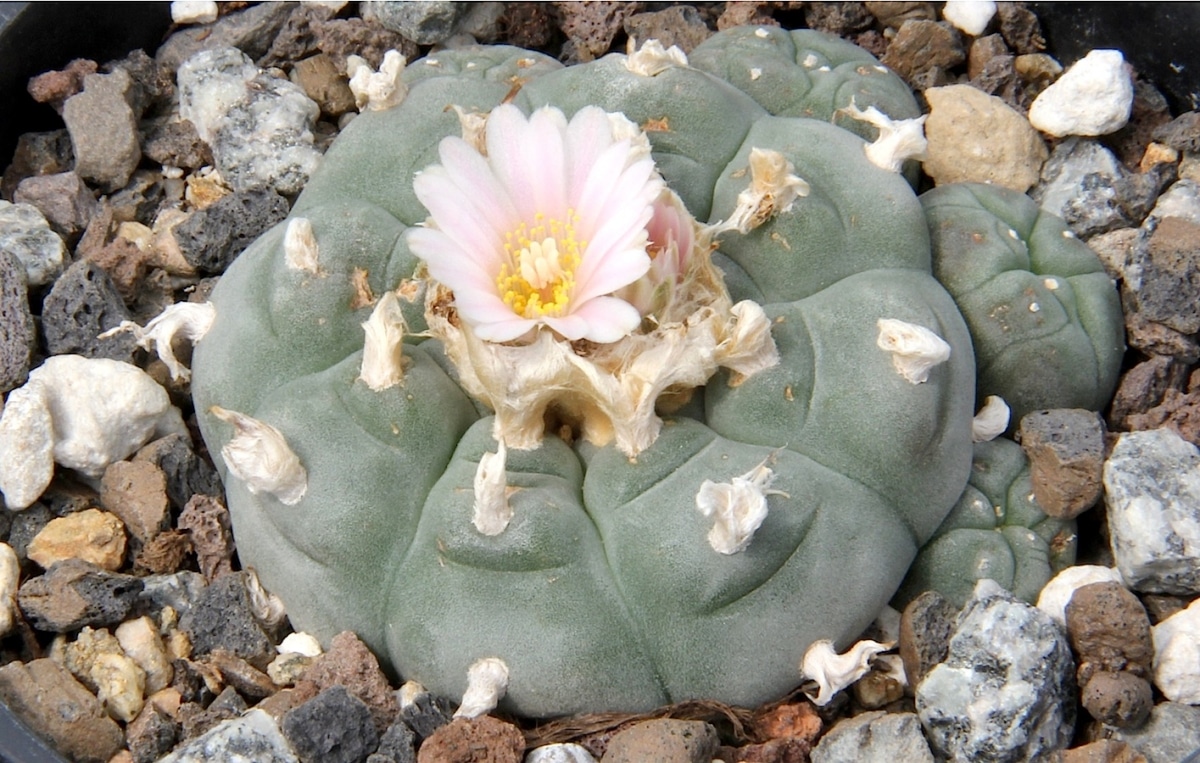
Image - Wikimedia / Peter A. Mansfeld
When we think of a cactus, the typical plant full of thorns immediately comes to mind. But, did you know that there are some species that do not have them, or that have them so small that they give the impression of not having them? For example, Echinopsis subdenudata or Lophophora (peyote) do not have them. And all the »Nudum» cultivars either, like the Ferocactus glaucescens "Nudum".
The spines are a very useful and necessary protection when you are a plant in the desert, since any predator could do everything possible to "steal" the water inside you. But as you can see, some species do not have them.
There are some succulent plants (and the like) that have thorns
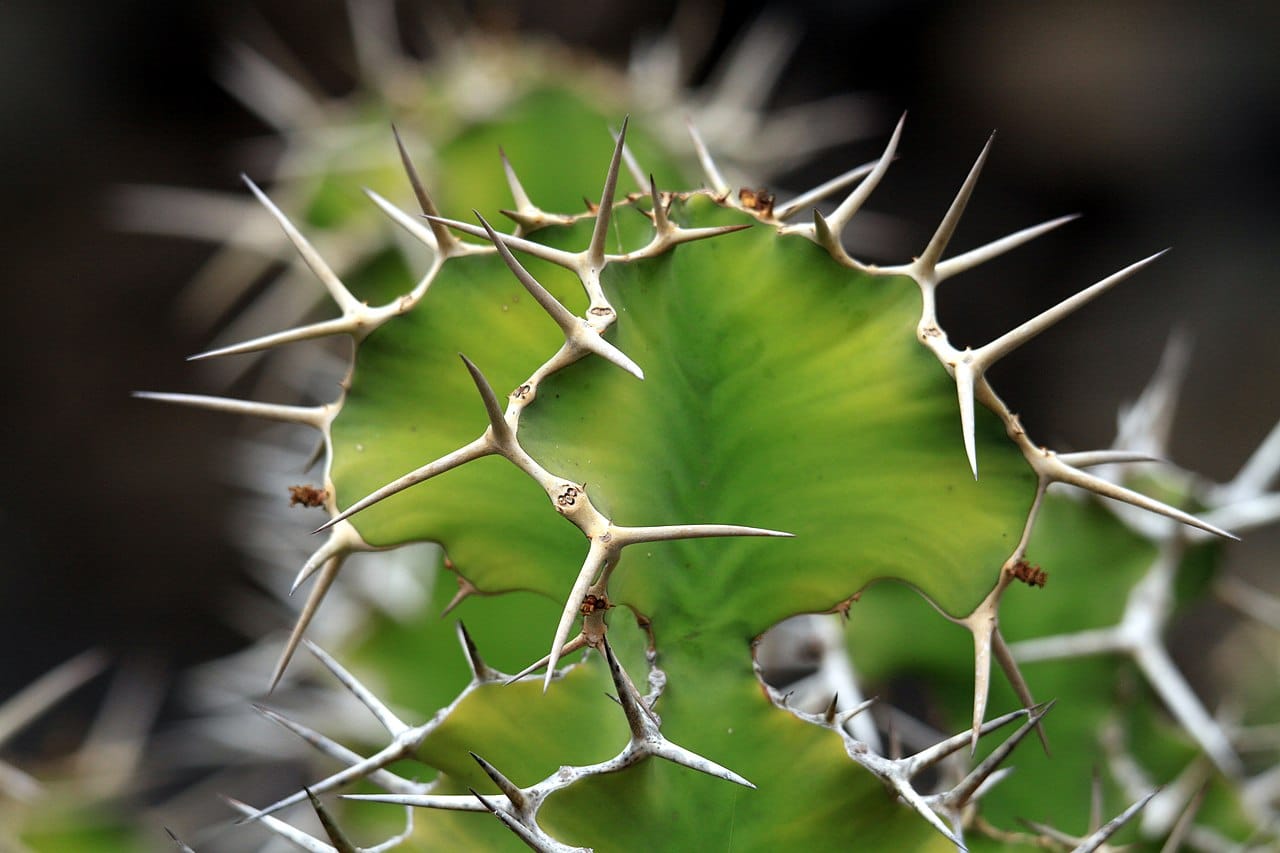
Image - Wikimedia / Chmee2
With succulents, the opposite happens to us than with cacti: we think of them as totally harmless plants, but the truth is that there are some that do have thorns. You do not believe me? Well look, many agave have spiny tips; some euphorbia, like Euphorbia GrandicornisAlso; The Pachypodium during their youth they protect themselves thanks to the thorns they have on their trunk and branches.
So of course, now you may have the question of how to differentiate a cactus from a succulent if you can't because of the thorns. Well this is pretty simple: cacti have areoles, which is where the thorns sprout -if they have them- and the flowers; the succulents, on the other hand, do not possess them.
Many garden and indoor plants are toxic or poisonous.

Image - Wikimedia / David J. Stang
The oleander, the cycas, the euphorbias, the gardenias, the diphenbaquias, the philodendron, the azaleas,… there are many, many plants that we grow in our gardens or indoors that are dangerous to humans and/or their animals. Be careful: I am not saying with this that they cannot be cultivated; Yes, you can, but you have to know them to know how to handle them safely.
On this website you will find information about all of them, here for example. And in case of doubt, ask us and we will answer you as soon as possible.
The truth is the Plant Kingdom always surprises us, don't you think?